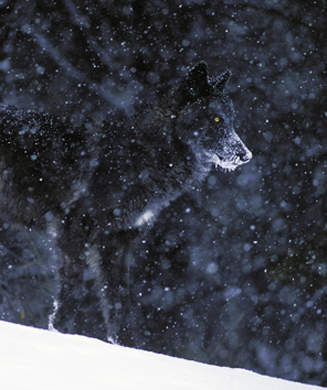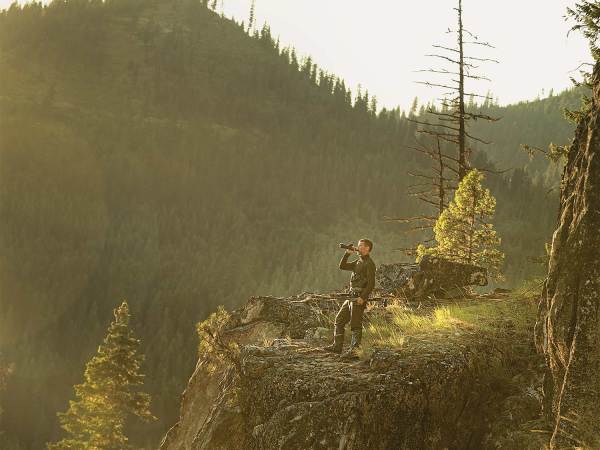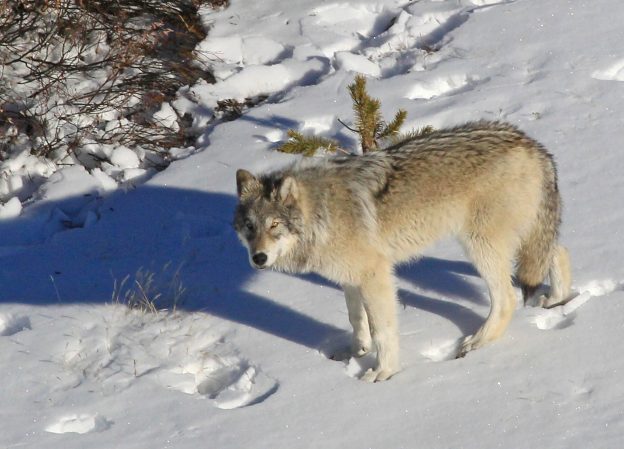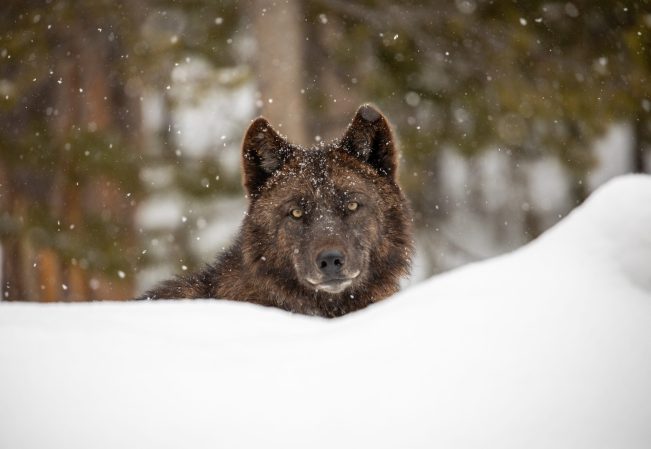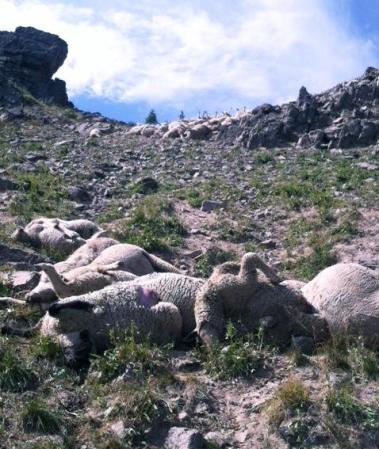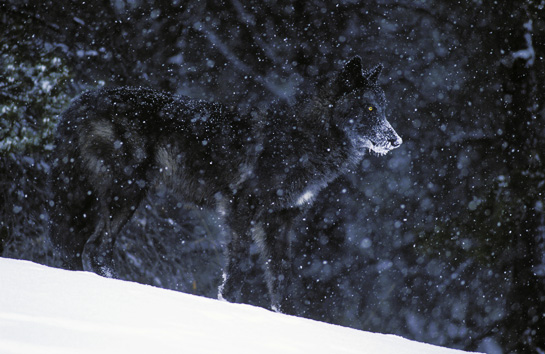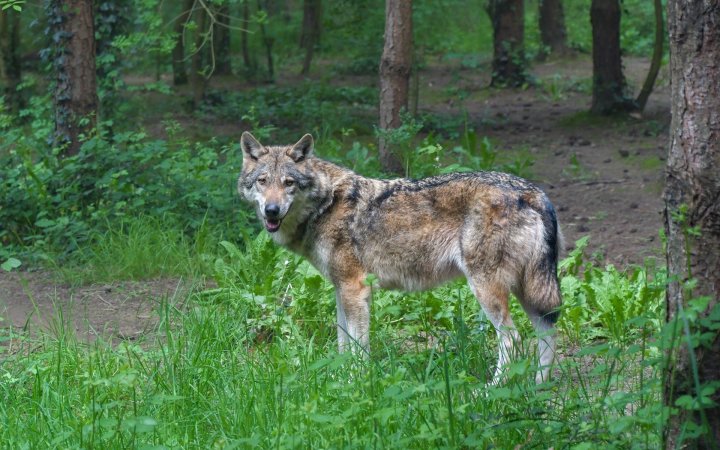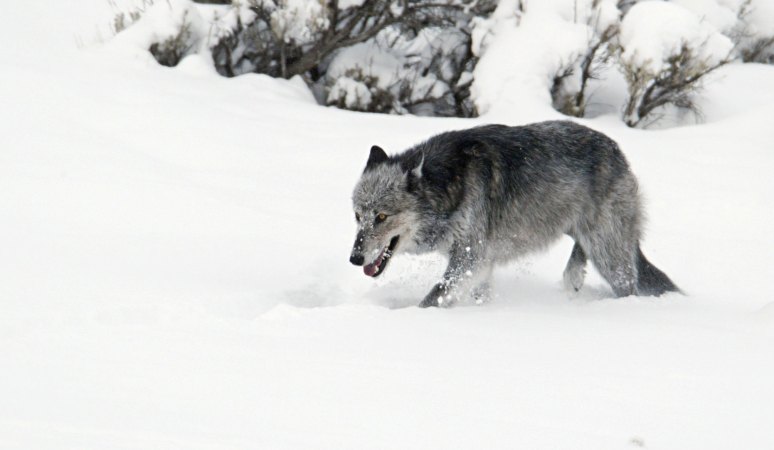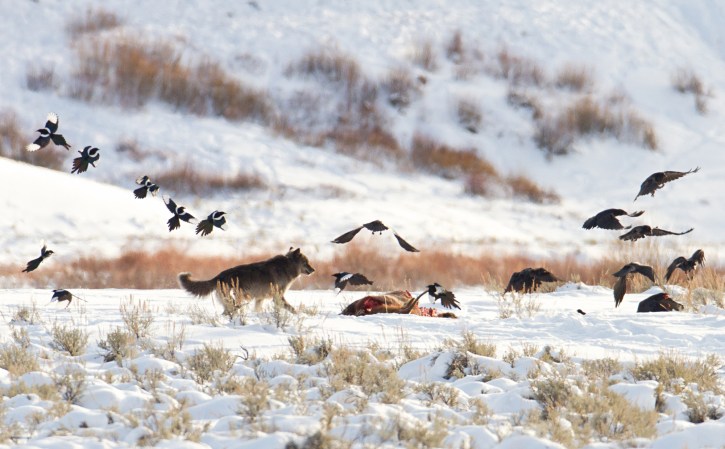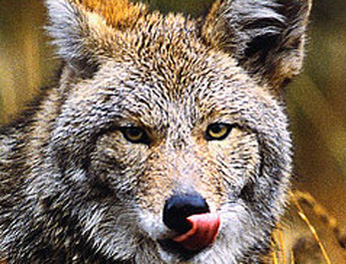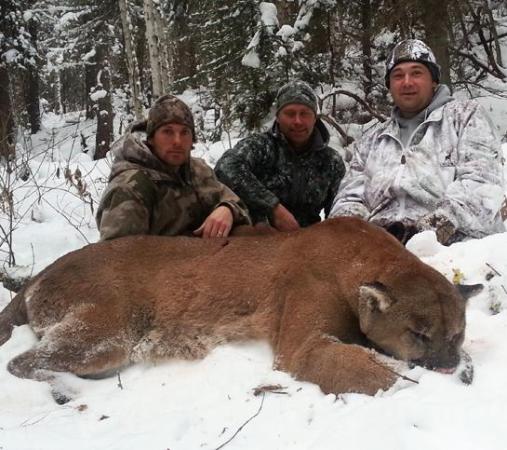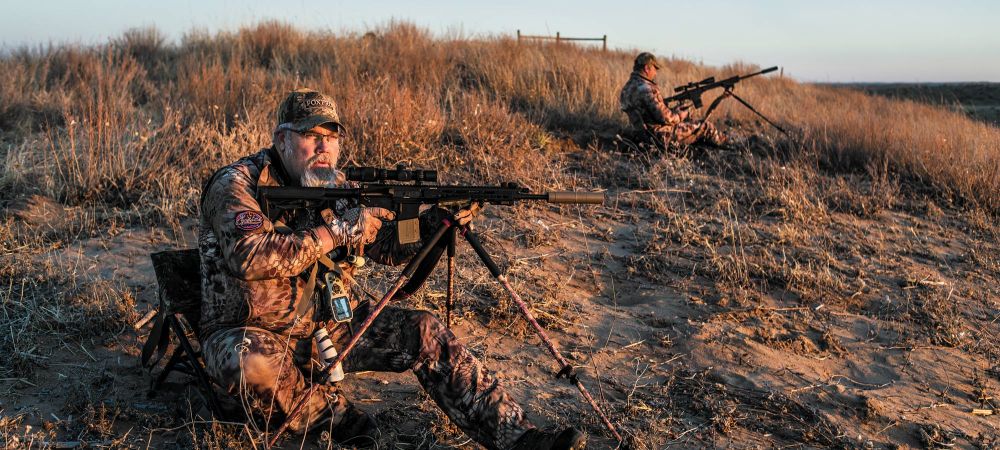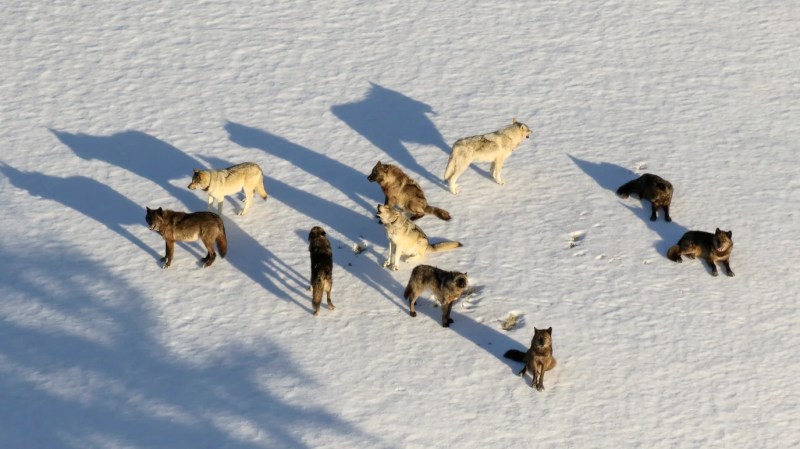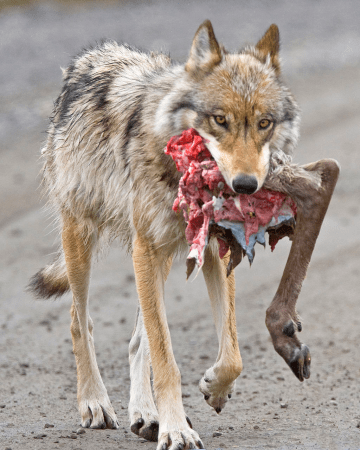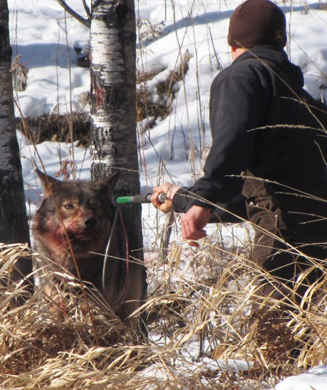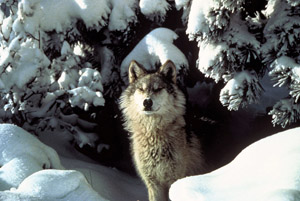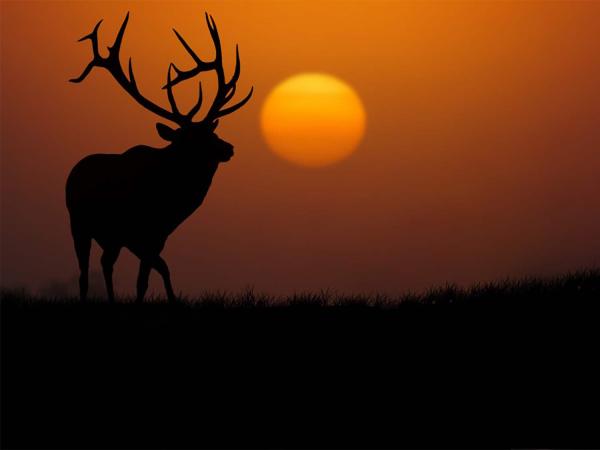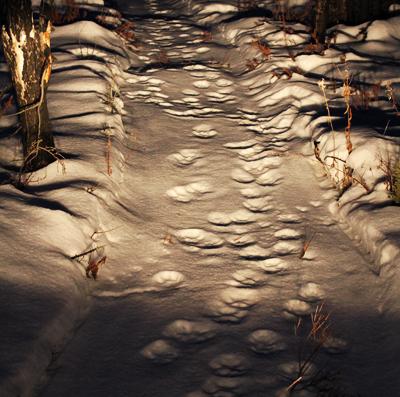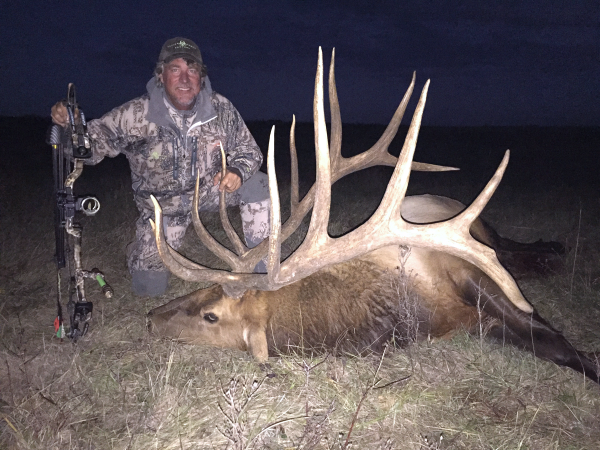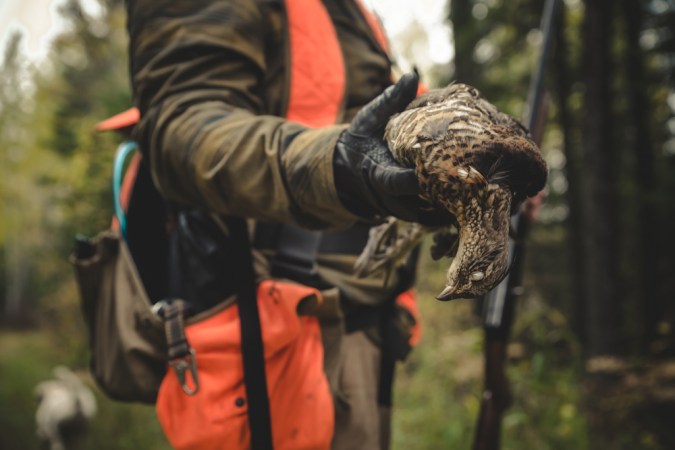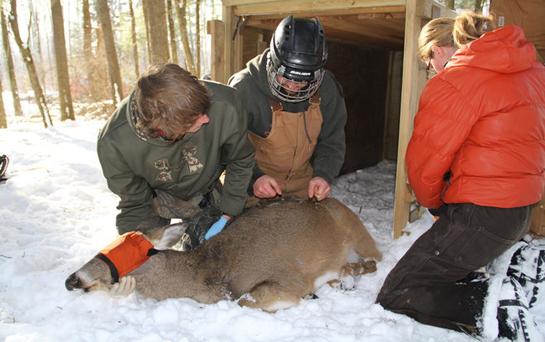Wolf hunting seasons have been opened in the West and are scheduled to open in the Midwest this fall. But hunter success rates are painfully low. The Rocky Mountain Elk Foundation conducted a survey polling 710 wolf hunters from last season and of all the respondents, only 7 percent killed a wolf during the Idaho and Montana hunts.
What’s even more interesting is that 20 percent of the successful hunters said their kill was because of a coincidental encounter.
Here’s what those guinea-pig wolf hunters learned during their first season. Use their advice when you go on a wolf hunt of your own this fall.
Top 10 wolf-hunting tips from the RMEF member questionnaire:
1. Stay close to elk. If you can find a herd of elk, especially a herd a mile or more from a road, it’s just a matter of time before wolves show up.
2. Wolves can be patterned like other game. Scouting will help you find travel routes, crossings, etc. Wolves tend to take the easy paths: roads, trails and frozen lakes.
3. Get hunting permission from private landowners. Lots of landowners are happy to have wolf hunters. Could lead to other hunting opportunities down the road.
4. Most wolf hunters want to shoot a big trophy male. But taking females is better for population control. The main thing is just don’t shoot a collared wolf. Collars are needed to track the packs, and funding for collaring wolves is getting tighter.
5. Go on more hunts specifically for wolves, not for wolves as a byproduct of another hunt. (Questionnaire data revealed only 11 percent of respondents hunted exclusively for wolves; most hunted for wolves as part of a deer or elk hunt.)
6. Howling works to locate wolves. But too much howling, especially by inexperienced callers, can educate wolves. Elk calf- and fawn-in-distress and coyote calls work well. Also try moose calls.
7. When calling, set-up on high ground, not in a hole or depression. Visibility is key. Consider using a blind. Wolves seem to spot blaze orange from a great distance.
8. Wolves are more reckless in their pursuit of prey when it’s colder outside. Hunters should concentrate on bad weather days for wolf hunting.
9. Watch for birds — magpies, gray jays, ravens — as a tipoff to fresh kill locations. Approach carefully and watch the area for returning wolves. Consider using a tree stand. A driving technique with a group of hunters also can work.
10. Once you kill a wolf, stay put. Other wolves from the pack often return to the site, sometimes very quickly. You or a buddy may get a chance at a second wolf.
In addition to more tips posted at www.rmef.org, several wolf-hunting features are slated for the Sept./Oct. 2012 edition of “Bugle” the member magazine of RMEF. See more observations and tips on wolf hunting here.

